This is why you need camouflage netting
Camouflage netting is compact to take with you and is the perfect aid to help you keep out of sight. You’re hidden in an effective manner, without the need to uncomfortably stow yourself away, without the need to keep uncomfortably still and without the need to dress yourself in silhouette masking clothes. In fact, camouflage netting is useful in almost every sort of hunting. Think, for example, goose, duck, crow or even deer.
Where natural ways to hide include cramping behind a tree, laying behind bushes that block your view and stick in your neck or trying desperately to keep as low as you can in a field, camouflage netting can be placed wherever you feel comfortable positioning yourself and, as a bonus, is easy to get out off to take your shot.
What types of camouflage netting are there?
We’ve got multiple types of camouflage netting in our store and -of course- online in our webshop. Some are made from a flat woven material with camouflage print. This type of camouflage netting is perfect when used against a dark background and often offers the advantage that you can see through it. Other types of camouflage netting feature a structure, having strips of leaf-look material woven into it. The advantage of this type of camouflage netting is that it will also work with light behind you, keeping your silhouette from being noticed. The structured surface also looks very natural, regardless the angle of light shining onto it.
Some camouflage netting is meant to be hanged, for instance between trees, bushes or -when those are not available- between stakes. Others feature poles or even a folding frame that makes them stand up by themselves. These can also be regarded as camouflage screens. It always is advised to secure them with pegs, as you want the least wind movement possible.
Which pattern on camouflage netting?
When out to buy camouflage netting, it’s very important to choose a pattern that best blends into the environment you’re planning to use it in. Although that sounds like stating the obvious (and it is, of course), experience teaches us that not everybody has taken this seriously into account. There’s no such thing as a universal camouflage pattern. Admittedly, any camouflage is better than no camouflage at all, but it’s common practise to have multiple types of camouflage netting for different surroundings. Some are very suitable for wetlands, where others are perfect for dense woodland and please also take into account the colour palette used. Some camouflage netting uses very dark colours, where others can be very light. It all depends on where you want to position yourself. It can help to take a picture from the ‘wildlife side’ point of view of where you want to hide and take that picture with you to our store or keep it aside when you want to have a look online in our webshop.
This is how to use camouflage netting
Camouflage netting is best used as natural as possible. When you’ve got mesh camouflage netting that lets you see through, you need to place it in front of a dark background to prevent being visible yourself. It’s like with net curtains in front of your windows and accidentally forgetting to close the blinds when putting on the lights at night.
Camouflage netting without support can be hung loosely when there’s no wind, letting the edges curve naturally. But when it’s windy, please make sure the camouflage netting cannot start flapping. The use of lines and pegs can aid you in this quest. This also goes for camouflage netting with supporting poles or frames. Refrain them from moving or even blowing away by pegging them down.
If time permits, we strongly recommend using local flora to dress up your camouflage netting, such as reed, branches or leaves. Just think of the camouflage netting as a perfect base that saves you most of the work, that can be blended into the environment perfectly with just the bare amount of input. No matter how good the camouflage pattern on your netting, it’s always good practise to try and hide away its edges a bit and add a bit of depth. A couple of strategically placed lumps of grass, for instance, can already make quite a difference.
To buy camouflage netting
Of course, all camouflage netting in our assortment is available in both our store, where they are on display, as well as online in our webshop. As mentioned previously, it’s a rather good idea to make a picture of the area you’re planning to use the camouflage netting in. And it helps to make that picture around the same time you’d be normally observing or hunting. It’s not a must, but for many it’s a handy help to visualise the camouflage netting in the environment it will be used in. Compare colours and such. Also, think if you’ll be having a dark background or if there will be light behind you and decide if you need camouflage netting to hang or camouflage netting that can be erected by itself.







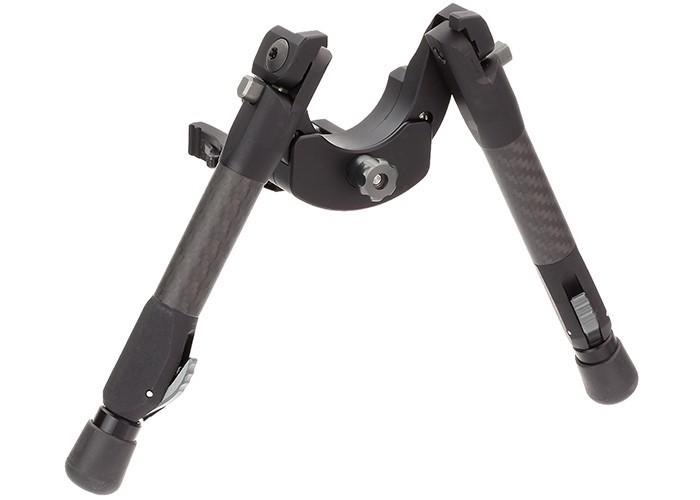
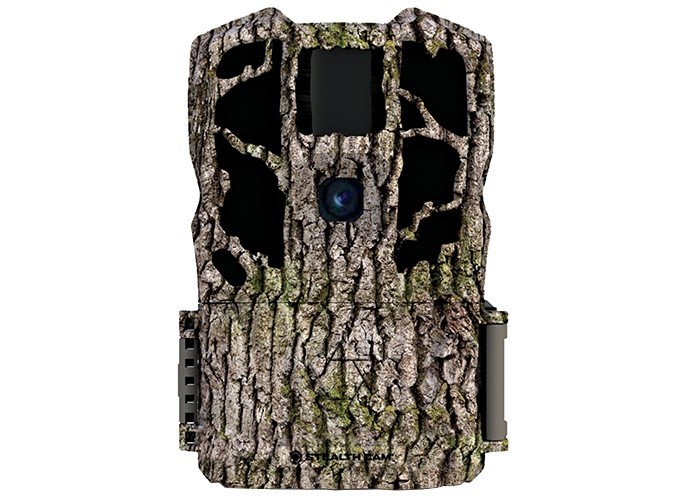

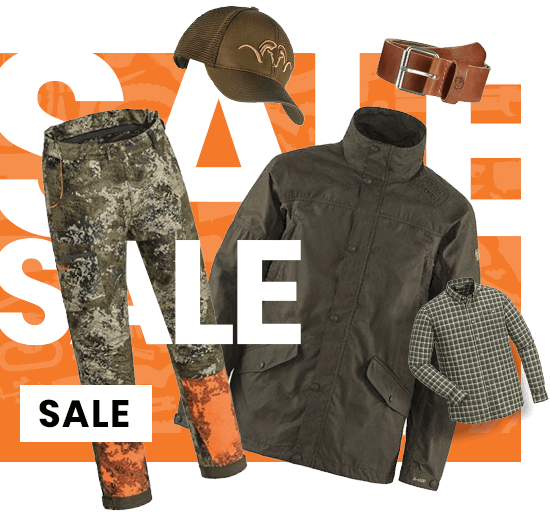
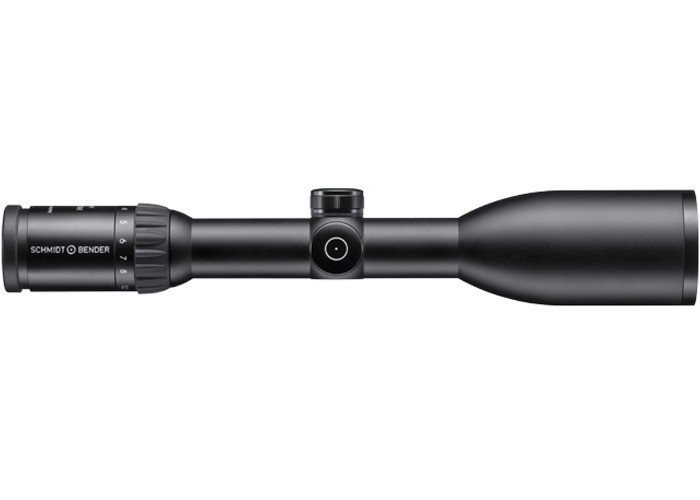
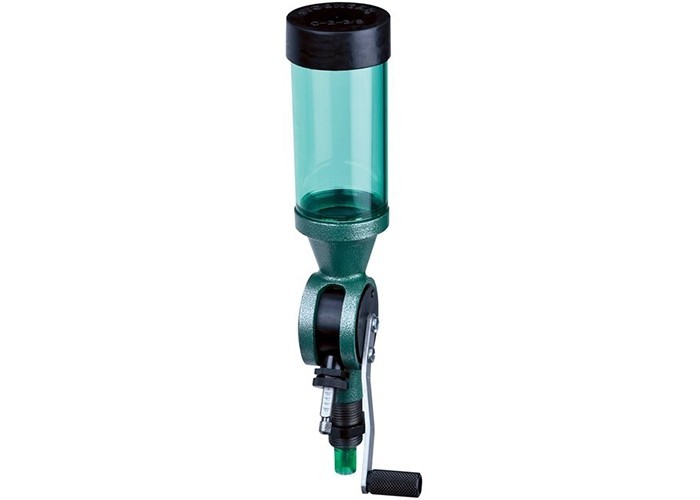

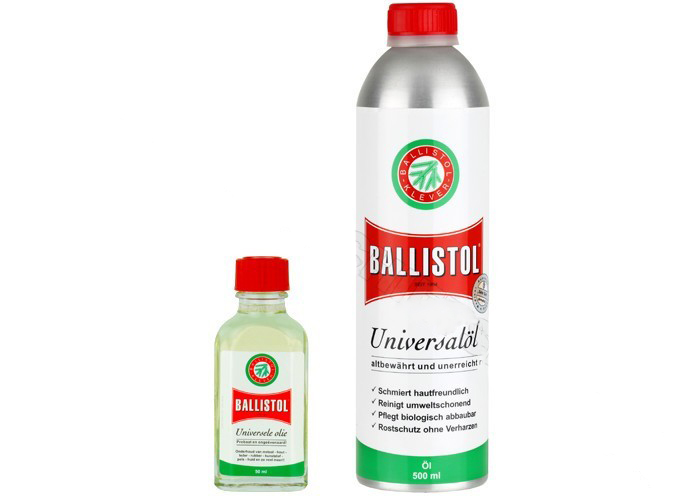

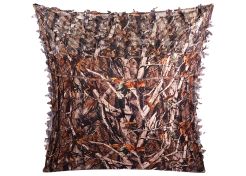
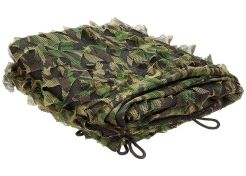
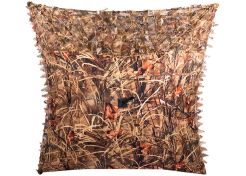
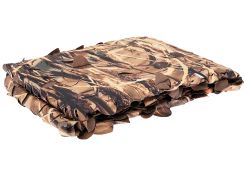
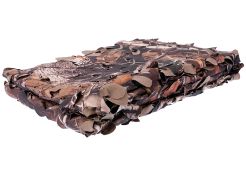
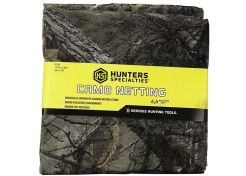
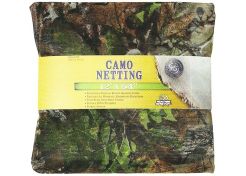
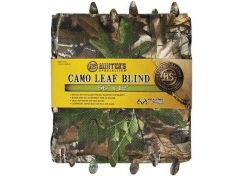
 Fast & secure delivery
Fast & secure delivery Secure shopping & payment
Secure shopping & payment Lots of expertise
Lots of expertise